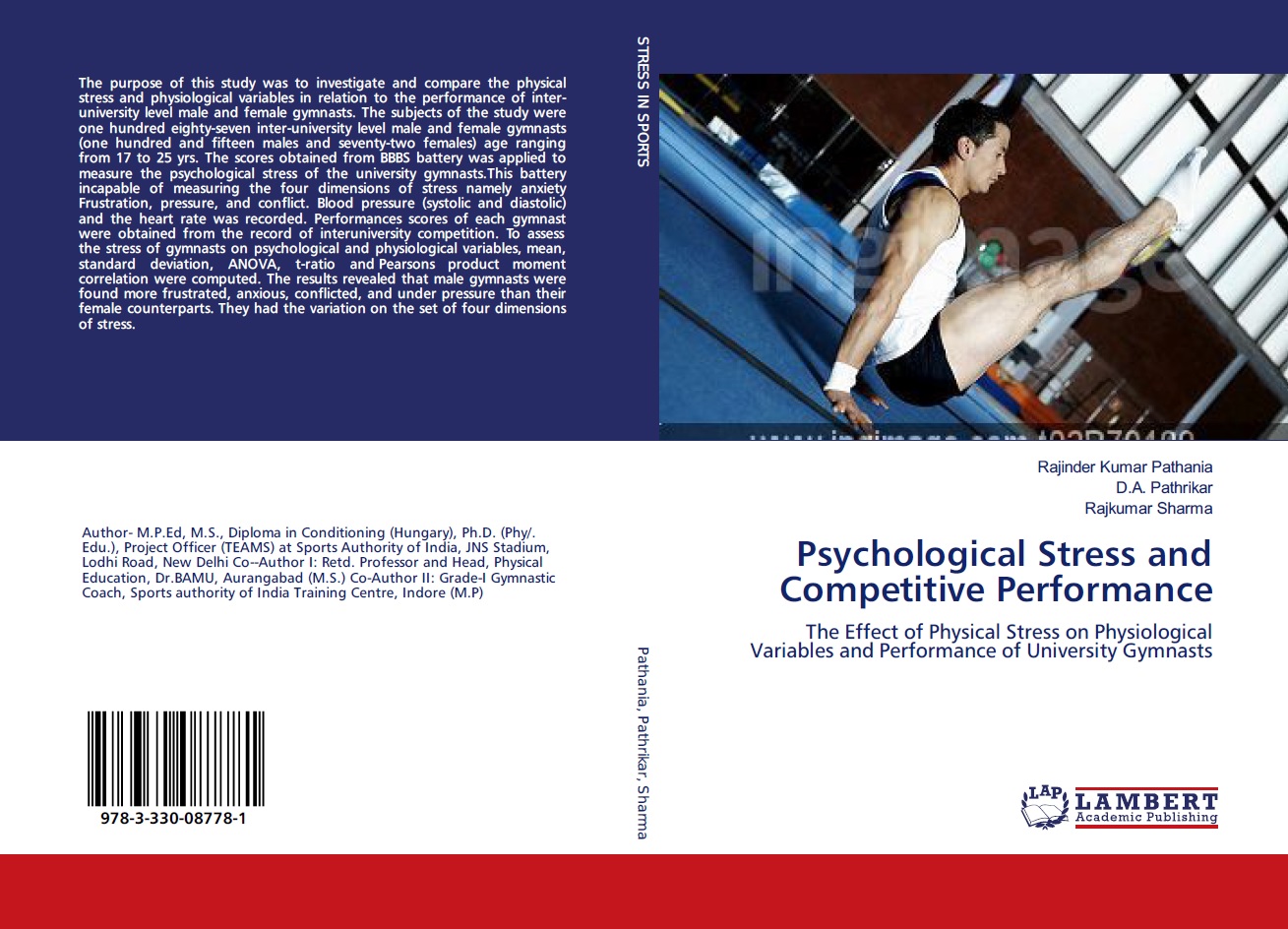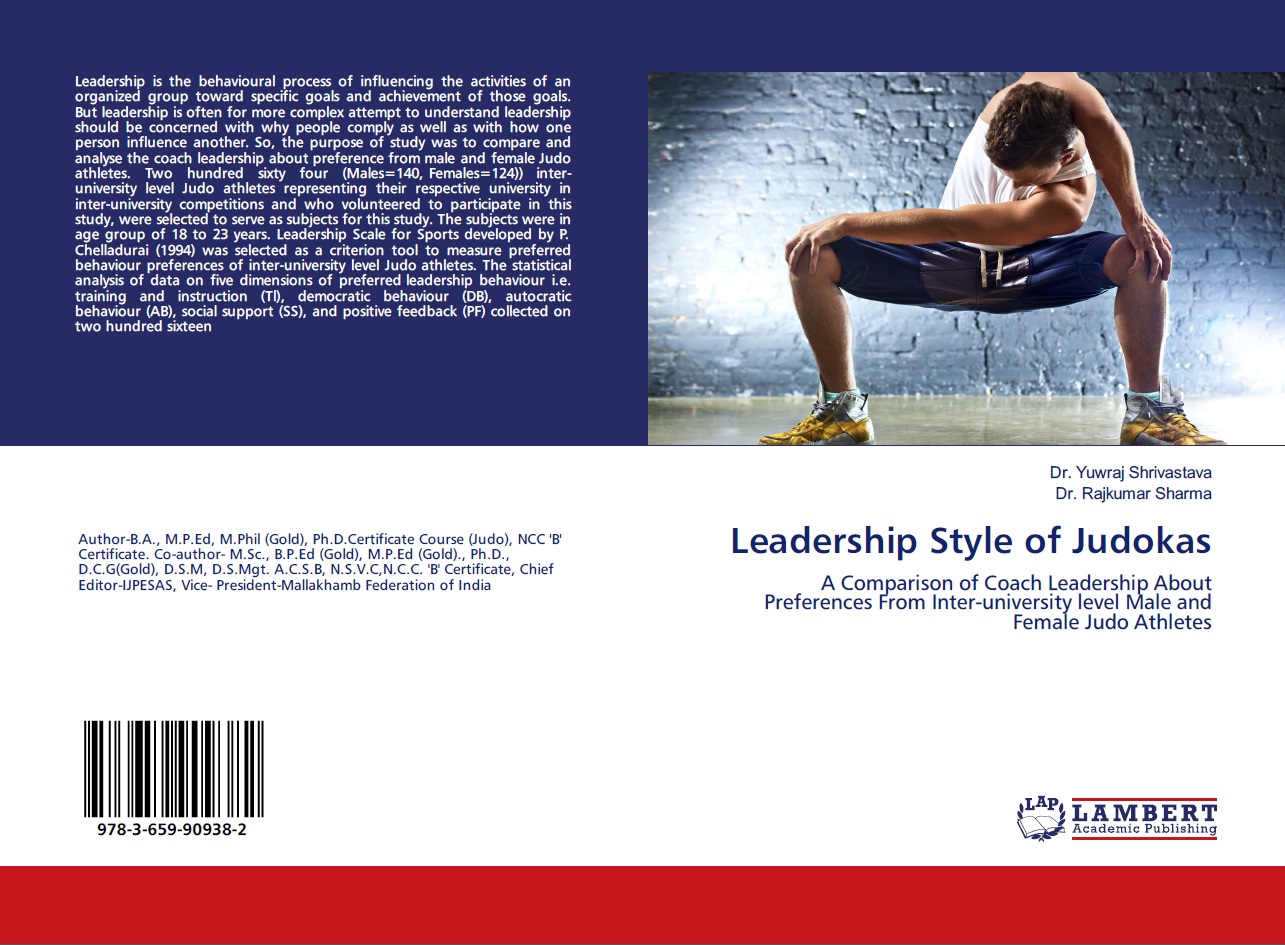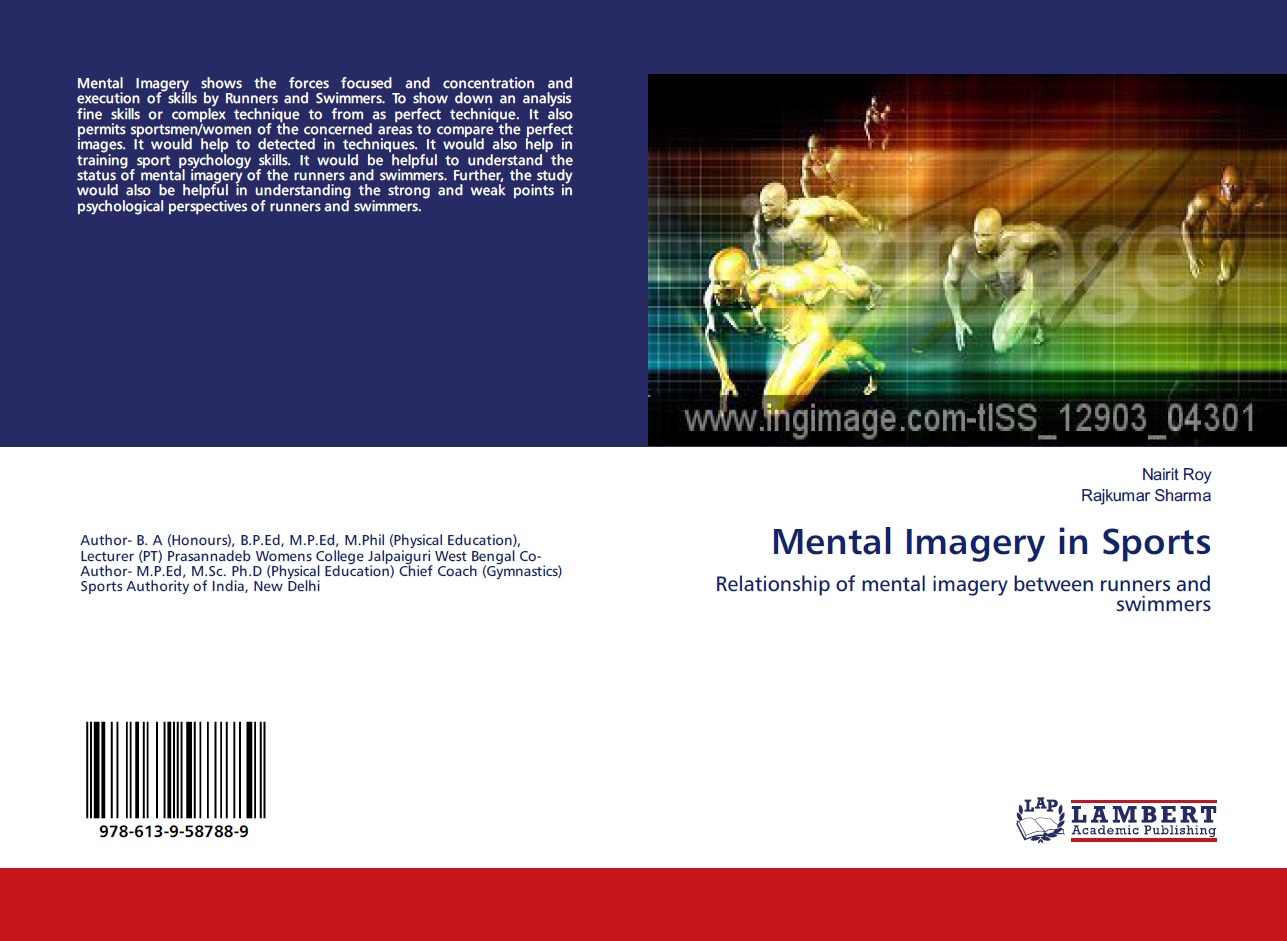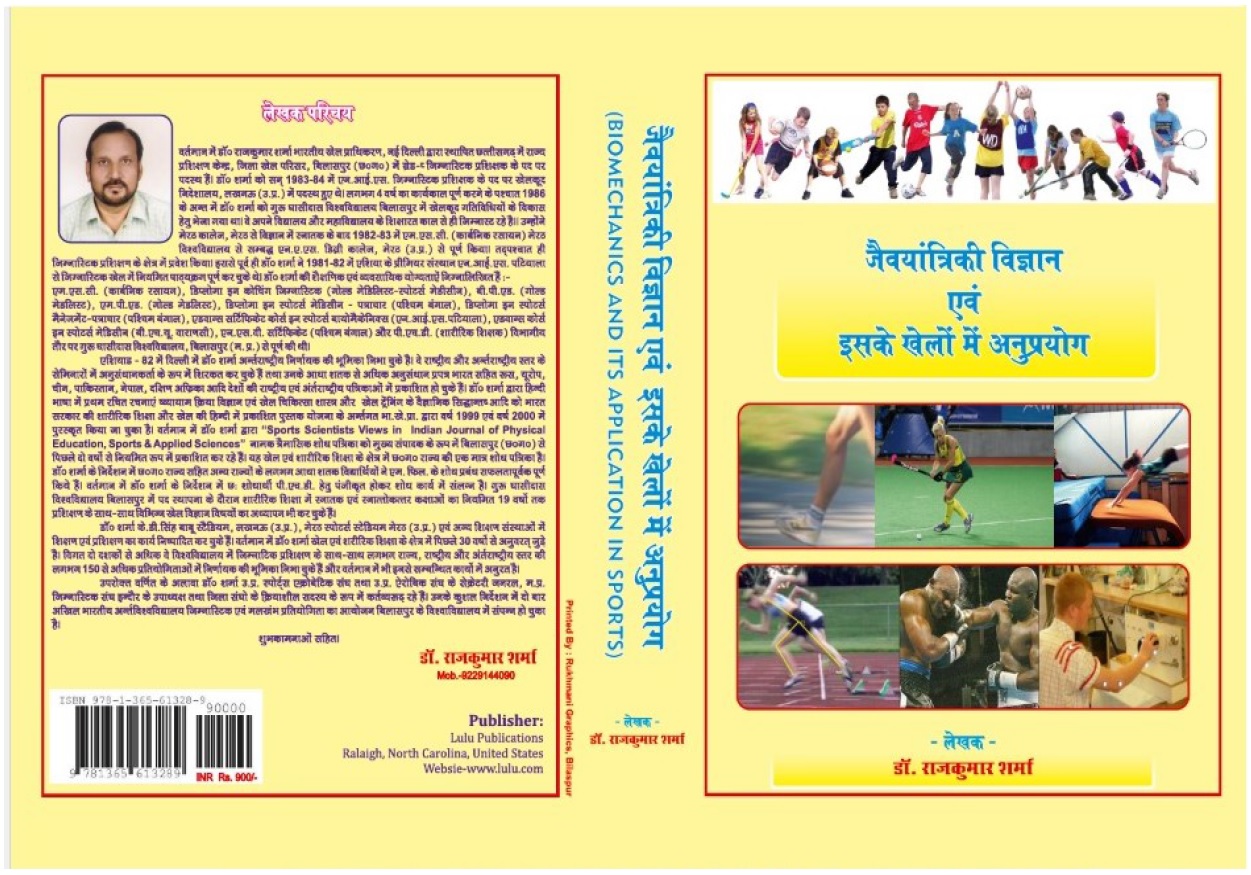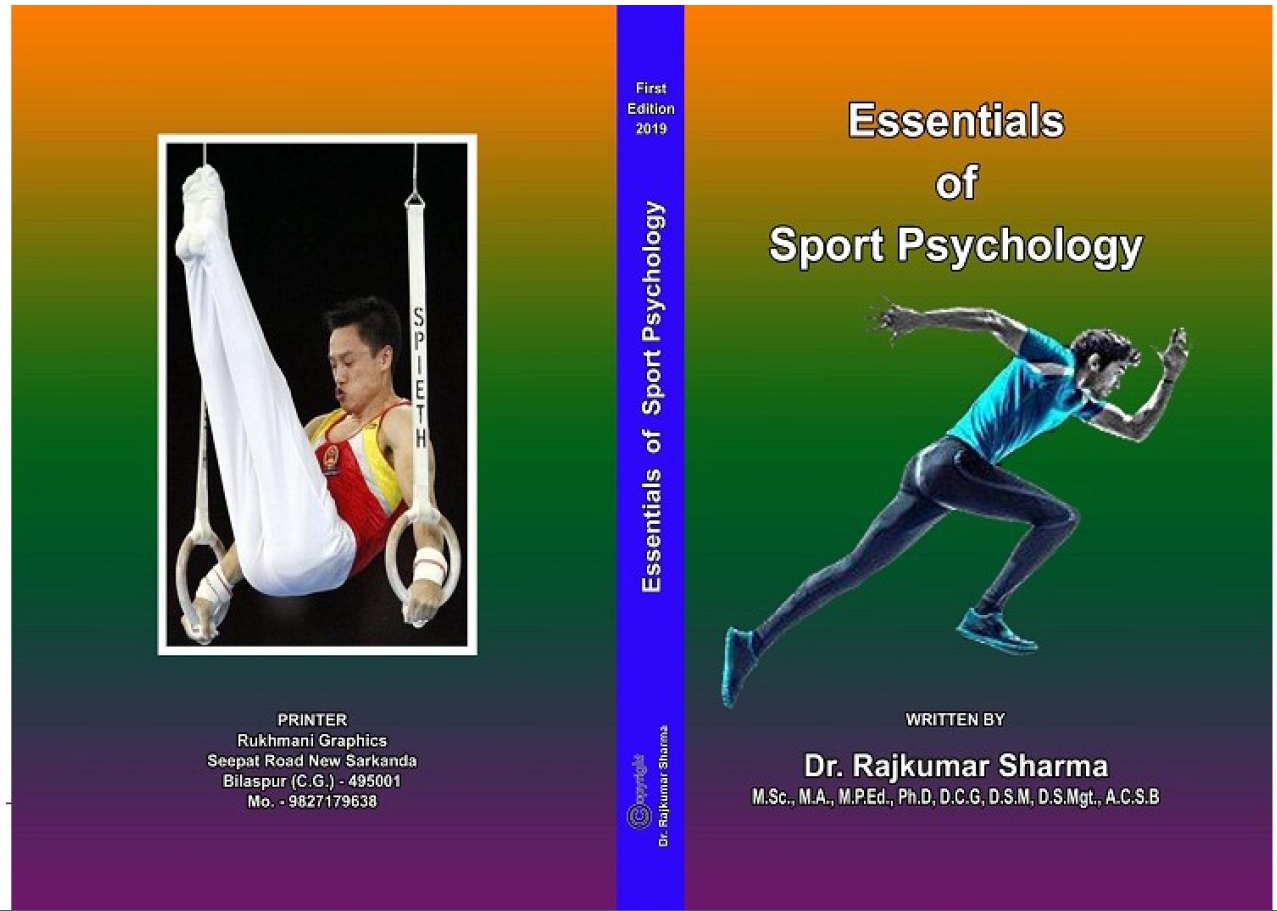| S.No. | Total View Count | Title of Manuscript | Page No | Download/ PDF |
|---|---|---|---|---|
| 1 | COMAPRISION OF SPORTS EMOTIONAL INTELLIGENCE BETWEEN FEMALE PLAYERS OF COMBATIVE AND NON-COMBATIVE GAMES Author: Rajib Dey1 & Dr. Jai Shankar Yadav 2 | 75-81 |  8 8 |
Article info
https://doi.org/10.17605/OSF.IO/FNQ2P
doi no.: 05-2016-44975451, DOI Link :: https://doi-ds.org/doilink/06.2021-44131737/IJPESAS/V11/I2/A13
AFFILIATIONS:
- Research Scholar, Department of Physical Education, Dr. C. V. Raman University, Kota, Bilaspur (Chhattisgarh) rajibdey317@gmail.com
- Associate Professor, Department of Physical Education, Dr. C. V. Raman University, Kota, Bilaspur. (Chhattisgarh), jaishankar.cvru@gmail.com
Emotional intelligence is one’s unitary ability to understand, feel and choose emotions in cooperation with a person’s thinking method for behaving in a very correct means, with the final word realization of happiness in himself. The purpose of the study was to compare the sports emotional intelligence of female players of combative and non-combative games. A sample consisted of Sixty one female players of combative (N=27) and non-combative (N=34) games. The age ranged of the participant was 18 to 28 years. . To test the Emotional Intelligence the questionnaire of Dr. C. D. Agashe and Dr. R. D. Helode was used. The emotional intelligence its sub scales on female players of combative and non-combative games were subjected to descriptive analysis (Mean and Standard Deviation), and t-test were used. The results of study revealed that the female players of combative and non-combative games had significant differences in their self-regulation, motivation, empathy and social skill domain of sports emotional intelligence. But Total sports emotional intelligence of female players in both category of games as a whole was also found significant. Female players of non-combative games were found to have more sports emotional intelligence than their counter parts.
Key Words: Female, Combative, Non-combative, game, Players, Emotional intelligence.
References
Agashe, C.D., & Helode, R.D. (2002). Manual for sports emotional intelligence test. Psychoscane, Wardha.
Borg G. (1992). A fixed star for inter-process comparisons. In Borg G, Neely G, eds. Fechner Day 92. Proceedings of the Eight Annual Meeting of the International Society for Psychophysics. Stockholm: Department of Psychology, Stockholm University, 41-50.
Borg G. (1998). Borg’s Perceived Exertion and Pain Scales. Champaign, Ill.: Human Kinetics.
Cantor, N., Mischel, W., & Schwartz, J.C. (1982). A prototype analysis of psychological situations. Cognitive Psychology, 14, 45-77.
Dec, E,L. (1980). The Psychology of Self Determinations. Lexington MA: Health, Lexington. Dollard”,
Fehr, B.,& Russell, J.A (1984) “Concept of Emotion Viewed from a Prototype Perspective”. Journal of Experimental Psychology: Genera, 113(3), 464-486.
Goleman D. (1998). Workig with Emotional intelligens, Bantam Books
Goleman, D. (1995). Emotional Intelligence: why it can matter more than JQ for character, health and lifelong achievement. New York, Ny: Bantam press
Hanin, Y.L. (2000). Individual Zones of Optimal Functioning (IZOF) model: Emotion-performance relationships in sport. In Y.L. Hanin (Ed.), Emotions in sport (pp. 65-89). Champaign, IL: Human Kinetics
Miller, J., Doob, N. Mowrer, L. O., and Sears, R. (1939). Frustration and Aggression, New Heaven : Yale University- Press.
Mayer J.D. & Salovey P. (1993). The intelligence of emotional intelligence. Intelligence 17, 433–42
Mayer, J.D., & Salovey, P. (1997). What is emotional intelligence? In P. Salovey & D. Sluyter (Eds.), Emotional development and emotional intelligence: Implications for educators (pp. 3-31). New York: Basic Books.
Rushall, B. S. Lippmann, L.G. (1998). The role of imagery in physical performance. International Journal of sports Psychology; 29, 57-72.
Salovey, P., Mayer, J.D. (1990). Emotional Intelligence. Imagination, Cognition & Personality, 9, 185-211.
Singer, R. N. Murphey, M. & Tennant L. K. (Eds.) (1993). Handbook of sports psychology: New York. Macmillan Publishing Company.
Singer, R.N. Hausenblas, H. A. & Janelle, C. M. (Eds.) (2001). Handbook of Sports Psychology. New York : Johan Wiley.
Sports Psychology Wikipedia, the free encyclopediaen.wikipedia. org/wiki/ sports_psychology.
Tiwari, P.S.N., & Srivastwa, N. (2004). Schooling anddevelopment of emotional intelligence. Psychological studies, 49, 151-154.
Tenenbaum, G., Lloyd, M., Pretty, G., & Hanin, Y. L. (2002). Congruence of actual and retrospective reports of precompetition emotions in equestrians. Journal of Sport and Exercise Psychology, 24, 271-288.
Young, P.T. (1973). Emotion in Man and Animal. New York: Krieger.
 admin@sportscientistsviews.com
admin@sportscientistsviews.com

